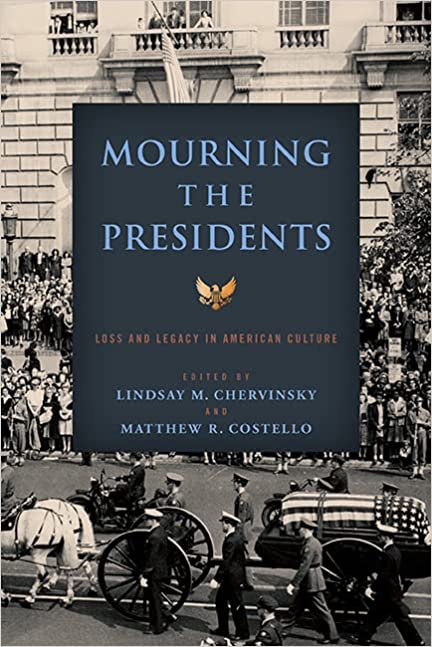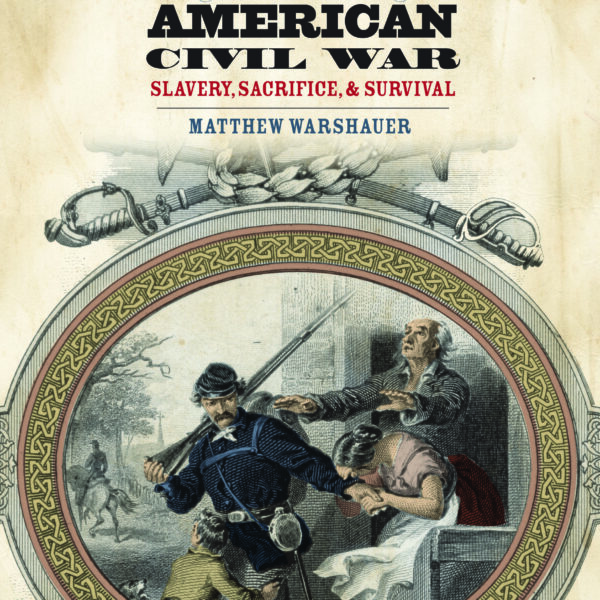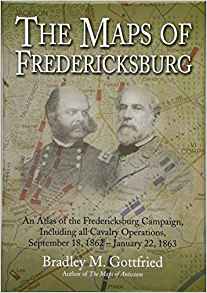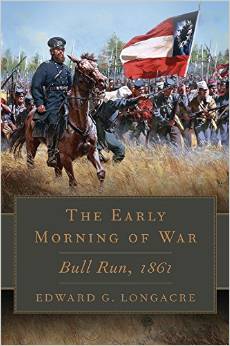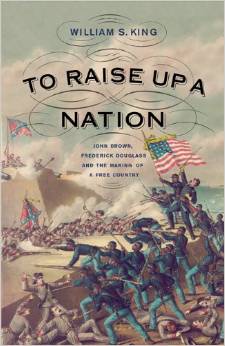In this accessible and engaging volume, noted presidential historians Lindsay M. Chervinsky and Matthew R. Costello assemble a dozen essays that treat how our nation’s commanders in chief have been mourned and remembered over time, from George Washington to George Herbert Walker Bush. The book’s precept—that the way the nation responds to a president’s death reflects the culture and politics of that particular moment—will invite no quarrel among veteran students of Civil War or historical memory in the United States. Each essay recalls a president’s death and funeral exercises before moving on to address larger themes and questions related to his legacy over time. Collectively, the authors not only track the growth in grandeur of presidential funerals, but also reveal that presidential legacies, always subject to reassessment, are never stable. The authors are attentive to various modes of remembrance and technologies of memory, from monuments and memorial spaces to material culture, literary memory, personal grief, and public commemoration.
This collection aims to “generate greater dialogue among and between presidential historians and scholars of culture, war, and memory” (3). Indeed, students of Civil War history have much to grapple with in this volume. Three of the twelve essays treat the Civil War era, while others either reflect on aspects of Civil War memory or borrow theoretical insights from scholarship on the period. Camille Davis’s essay wrestles with the death of Zachary Taylor. The second president to die in office, Taylor perished amid the heated, sectional debates over the Compromise of 1850. Surveying extant newspaper coverage, lithography, and material culture, she finds the nation as interested in commemorating the founding era as the lamented president. “This sentimentality about the founding,” Davis writes, “reflected the public’s uncertainty about the political turmoil that accompanied Taylor’s death” (93). Ironically, because Taylor proved unable to “master the political questions that dominated his time in office,” his “ascension to the presidency resulted in a blot from which his legacy” as a military commander “never recovered” (93, 95).
Martha Hodes’ chapter reprises the arguments of her prize-winning 2015 study, Mourning Lincoln. “Lincoln’s assassination,” the New York University historian writes, “compounded the uncertainty of what would happen next for the triumphant Union, with that uncertainty especially acute for African Americans” (113). Revealing the diverse range of responses to Lincoln’s murder through deep archival spadework, Hodes finds in Lincoln’s funeral exercises a foreshadowing of the contentious debates over postwar reconstruction.
Independent historian Brandon Robinson then turns to Andrew Johnson, the man Booth’s bullet elevated to the presidential chair. Robinson charts the rise and fall of Johnson’s reputation over the course of the twentieth century through an analysis of Raleigh’s commemorative landscape. The seventeenth president was born to the humblest circumstances in North Carolina’s capital city in December 1808. While Johnson’s origins story and improbable political rise harmonize with a “populist spirit” still alive and well in the Old North State, the president’s white supremacist views and contemptible course during Reconstruction have led to a righteous reassessment of his legacy in the twenty-first century. “To North Carolinians,” Robinson summarizes, “Johnson is a source of pride as well as contempt” (145).
As the first serious, scholarly effort to come to terms with the meaning of presidential death, the value of this collection inheres as much in the questions it raises as in the answers it supplies. For Civil War historians, the questions raised are many. Two former presidents—Martin Van Buren and John Tyler—died during the Civil War. Tyler, who joined the southern rebellion (and died en route to Richmond, Virginia, where he was about to take his seat as a member of the Confederate House of Representatives), was not lamented in Washington, D.C. The immediate, public response to Tyler’s death, then, would supply a fascinating window into northern politics at a crucial moment in the Civil War. Further, what might the deaths of polarizing antebellum presidents like Millard Fillmore (1874), Franklin Pierce (1869), and James Buchanan (1868) reveal about the politics of Reconstruction? How did postwar Americans lay claim to and contest the legacies of these presidents amid ongoing debates about the meaning of the war? Future scholars will be indebted to Mourning the Presidents for provoking these conversations.
Brian Matthew Jordan is Associate Professor of History and Chairperson of the Department of History at Sam Houston State University. His next book, co-edited with Jonathan W. White, is Final Resting Places: Reflections on the Meaning of Civil War Graves (University of Georgia Press, 2023).
